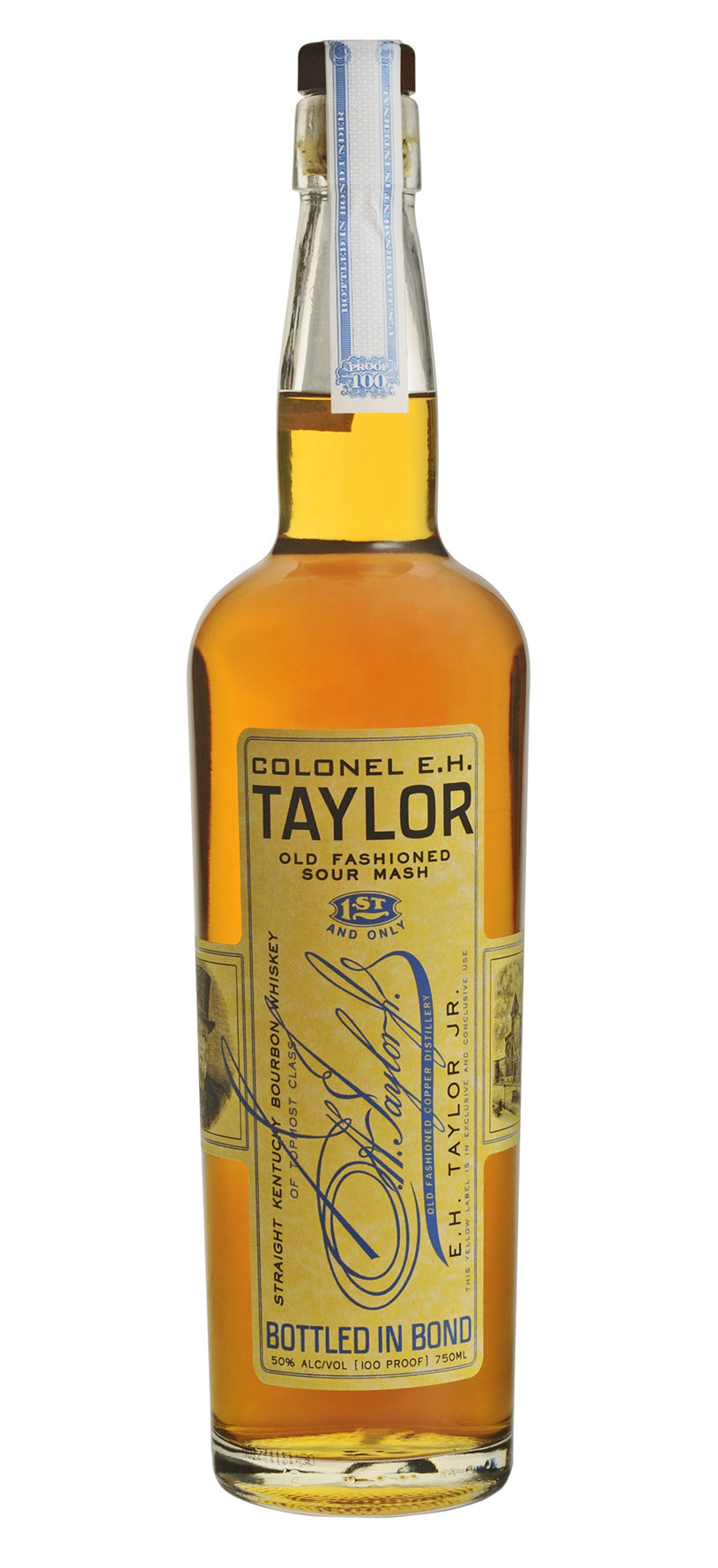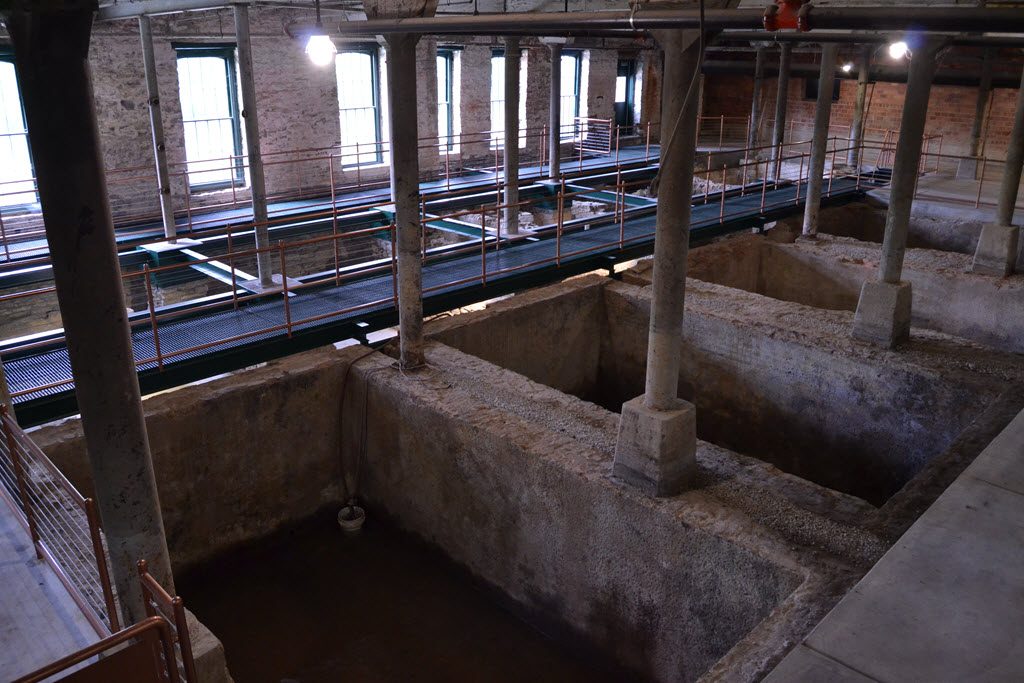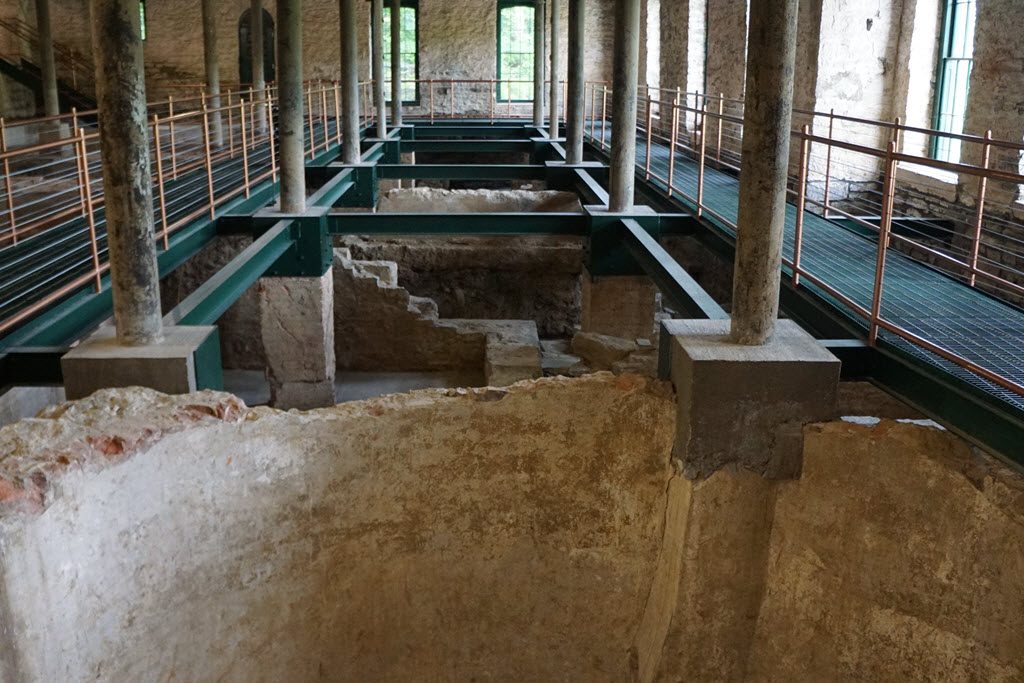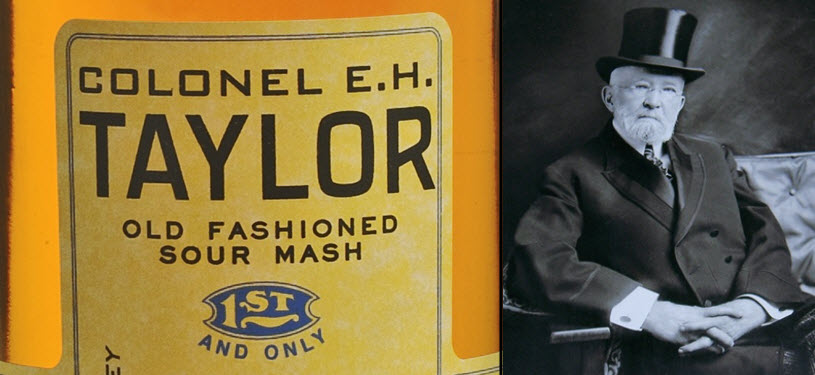
Sweet Mash vs. Sour Mash vs. Old Fashioned Sour Mash Process
You’ll often hear distiller’s talking about the “Sweet Mash” vs. “Sour Mash” process of distillation. The Sweet Mash process uses all fresh ingredients to make each batch of distillate, there’s no backset introduced to the process. The Sour Mash process uses part of the backset or stillage from the previous batch to make the next batch.
Talk to 10 distillers and you are likely to get 10 opinions on why one method is better than the other. Some liken the sour mash process to the traditional way of making whiskey in order to keep every batch consistent while others believe you need to start fresh with a sweet mash every time in order to have complete control over your distillate.
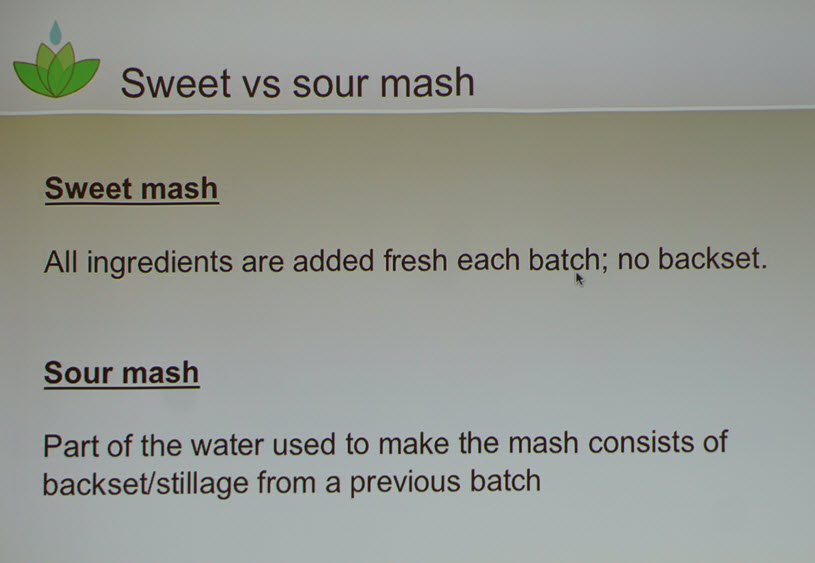
Stay Informed: Sign up here for the Distillery Trail free email newsletter and be the first to get all the latest news, trends, job listings and events in your inbox.
Patent Pending for “Old Fashioned Sour Mash” Method
Buffalo Trace Distillery has just announced they have been working on a patent for the Old Fashioned Sour Mash method since 2015 and have just been granted a “patent pending” status on their method. There announcement says that many years ago the “old timers” at Buffalo Trace gathered together and discussed the process for making Old Fashioned Sour Mash whiskey, which differs from the traditional bourbon production method as the mash sours naturally before fermenting.
The company is quick to point out that the “exact Old Fashioned Sour Mash process is proprietary and remains patent pending, it does differ from the standard sour mash process traditionally used in distilling in that this sour mash is naturally soured through the holding time instead of forcing the souring with the addition of spent mash from the still as is traditionally done.”
Re-Creating Old Fashioned Sour Mash Bourbon Whiskey
In April 2002, Buffalo Trace used this Old Fashioned Sour Mash process and bottled a bourbon that nine years later became the inaugural release of the Colonel E. H. Taylor, Jr. collection. Based on the success of this product, Buffalo Trace decided to apply for a patent on this sour mash process. Currently the patent is pending, and Buffalo Trace is moving ahead on making additional stocks of Old Fashioned Sour Mash process bourbons, which will likely be released under the E. H. Taylor, Jr. line in the future. Any release using this process will now be designated as “patent pending.”
Colonel E.H. Taylor’s 1882 O.F.C. Distillery to Use This Process
It was announced last year that while working on a renovation of the distillery that construction crews hit bourbon gold while digging. What they thought was simply a concrete slab foundation was actually a layer of concrete that was poured over what was Colonel Taylor’s original O.F.C. Distillery dating back to 1882. After renovation is complete, the distillery plans on using one of the Colonel’s original fermenting vats found buried to produce some of the Old Fashioned Sour Mash similar to how he did nearly 150 years ago.
“It really is extraordinarily fortuitous how this all came about,” said Mark Brown, president and chief executive officer, Buffalo Trace Distillery. “We’ve been working on the patent application for Taylor’s process for making Old Fashioned Sour Mash since 2015, and then in 2016 we discover his fermenters inside a building he had built, with an intact foundation dating back to 1873. It was obvious once we found them and realized what it was we needed to go back and re-create the Old Fashioned Sour Mash process as Taylor did it, in his early fermenters.”
It will be several years before this sour mash patent may be approved, provided the distillery decides to proceed with the full patent application, or just keep the existing “patent pending” status. “For us, just to have the Old Fashioned Sour Mash process patent be pending achieves a long held goal we’ve had, as a tribute to E. H. Taylor, Jr,” added Brown.
The unearthed O.F.C. Distillery is under renovation but will soon be open for public tours. Here’s another photo of this recently unearthed bourbon gold.
Colonel E.H. Taylor Old Fashioned Sour Mash Bourbon Whiskey
